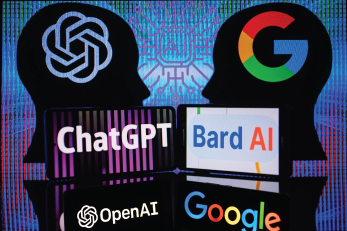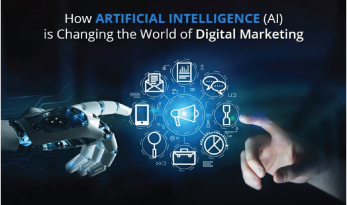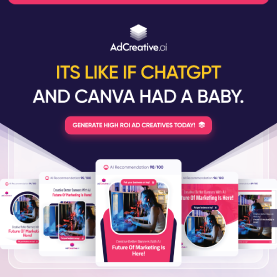Introduction: The AI Debate
This complex question was the focus of a recent discussion hosted by renowned physicist and science communicator Brian Greene, featuring actor, filmmaker, and outspoken AI critic Justine Bateman alongside creative technologist Heidi Boisvert. Part of the Big Ideas series, sponsored by the John Templeton Foundation, the conversation illuminated the intersection of AI, creativity, and the evolving landscape of the arts.
Participants: Voices in the Conversation
Justine Bateman has established herself as a prominent figure in Hollywood, with a career spanning decades. As an advocate for human-driven creativity, she has raised concerns about the implications of AI in artistic expressions, emphasizing the importance of authentic human experience in the creation of art.
Heidi Boisvert, on the other hand, comes from a background of creative technology, where she explores the innovative possibilities that AI can bring to artistic endeavors. Boisvert views AI not merely as a tool but as a partner that can augment human creativity and expand the boundaries of what is possible in the realm of artistic expression.
AI in Contemporary Art: A Double-Edged Sword
At the outset of the conversation, Greene set the stage by discussing the current integration of AI in various art forms, particularly in film and visual arts. AI-driven programs can analyze vast data sets, generating content that imitates existing styles, structures, and themes. Proponents of AI in art argue that these technologies democratize creativity, enabling individuals without extensive training to produce artistic works. However, a key concern arises: Can such outputs be considered truly original, or are they simply sophisticated forms of mimicry?
The Nature of Novelty in AI Output
Bateman raised a compelling argument, positing that true creativity is deeply rooted in personal experiences, emotions, and perspectives—elements that AI fundamentally lacks. As Bateman articulated, “Creativity is not just about rearranging pieces; it’s about the human condition.” She suggested that genuine novelty arises from the complexities of human emotions, thoughts, and experiences, which AI cannot access or authentically replicate.
Contrasting with Bateman’s viewpoint, Boisvert shared examples of collaborative projects that employ AI not as a replacement for human creativity but as a means of complementing it. She cited cases where artists collaborated with AI to explore new creative dimensions and challenge conventional norms, ultimately leading to innovative outputs that push boundaries and provoke thought.
The Role of Collaboration
The discussion shifted to the concept of art as a collective experience. Art has always thrived on collaboration—whether between artists, cultures, or disciplines. Boisvert argued that AI could serve as a facilitator of collective creativity, offering new platforms for collaboration. By harnessing AI, artists can create dialogues across disciplines, engaging with audiences in ways that were previously unimaginable.
Bateman countered by emphasizing the importance of human interaction in the artistic process. She pointed out that while AI can generate content, the nuances of collaboration between humans—built on empathy, understanding, and shared experiences—form the true essence of creativity. This creates a tension in the idea of art as a solely human endeavor versus AI’s potential to redefine how art is created.
Ethics and Authenticity
The conversation also delved into ethical considerations surrounding AI-generated content. As AIs continue to produce works that blur the lines between original creativity and imitation, can audiences discern authenticity? Bateman expressed concern over the potential commodification of art, where AI-generated pieces might be marketed without proper acknowledgment of their source or inspiration.
Boisvert, meanwhile, argued for the possibility of a symbiotic relationship, where AI outputs are transparently identified for what they are, thus preserving the integrity of the artistic process. This transparency could help differentiate between human-created art and AI-assisted creations, allowing audiences to appreciate both on their own terms.
Conclusion: The Future of AI and Creativity
As the discussion wrapped up, both Bateman and Boisvert left the audience with much to ponder regarding the evolving relationship between AI and creativity. The consensus seemed to lean towards a nuanced understanding: while current AIs may often operate within the parameters of existing knowledge and styles, their ability to serve as collaborators and facilitators of human creativity opens up new possibilities.
The question remains: Can AI yield novelty, or are its outputs inherently derivative? The answer may lie in how we choose to engage with AI technologies moving forward. By fostering a dialogue between human artistry and technological advancement, we may unlock new realms of creativity that reflect both our humanity and the capabilities of AI.
As society continues to explore this intricate relationship, it’s clear that the conversation surrounding AI and creativity is just beginning—inviting artists, technologists, and thinkers alike to navigate the complex terrain of innovation, originality, and the future of art.


